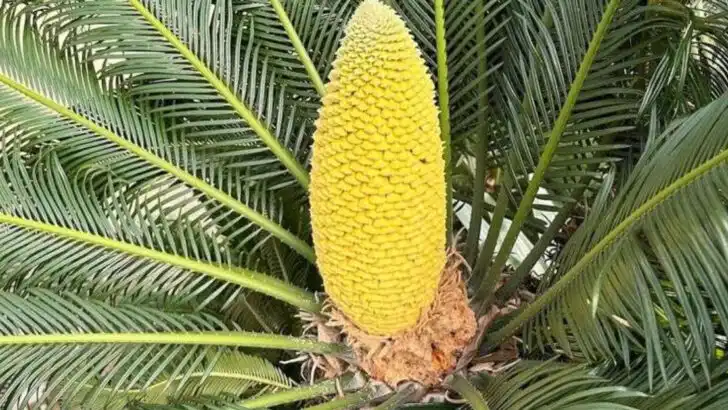Some plants have stood the test of time, surviving through centuries and continuing to thrive in gardens around the world. These ancient plants carry fascinating histories and unique characteristics that make them special additions to any garden. The best part? Many of them are surprisingly easy to grow, even if you’re just starting out.
These plants have adapted to a wide range of climates and conditions, which is why they’ve lasted through the ages. From herbs used in ancient medicine to flowers admired by past civilizations, growing them connects you to centuries of gardening tradition. Plus, they often bring unexpected beauty and resilience to your outdoor space.
In this article, we’ll explore 15 ancient plants that you can grow in your own garden today. Discover their stories, learn how to care for them, and see why these time-tested plants are still favorites for gardeners everywhere.
Ginkgo Biloba

Considered a living fossil, the Ginkgo Biloba has roots that trace back over 270 million years. Its resilience is evident in its ability to thrive in urban environments where other plants might struggle. The distinctive fan-shaped leaves turn a mesmerizing golden hue in the fall, adding a splash of color to any landscape.
For gardeners seeking a low-maintenance tree with historical significance, Ginkgo Biloba could be an excellent choice. Besides its visual appeal, it’s known for its potential health benefits. Ginkgo Biloba embodies both history and natural beauty, making it a garden favorite.
Wollemi Pine
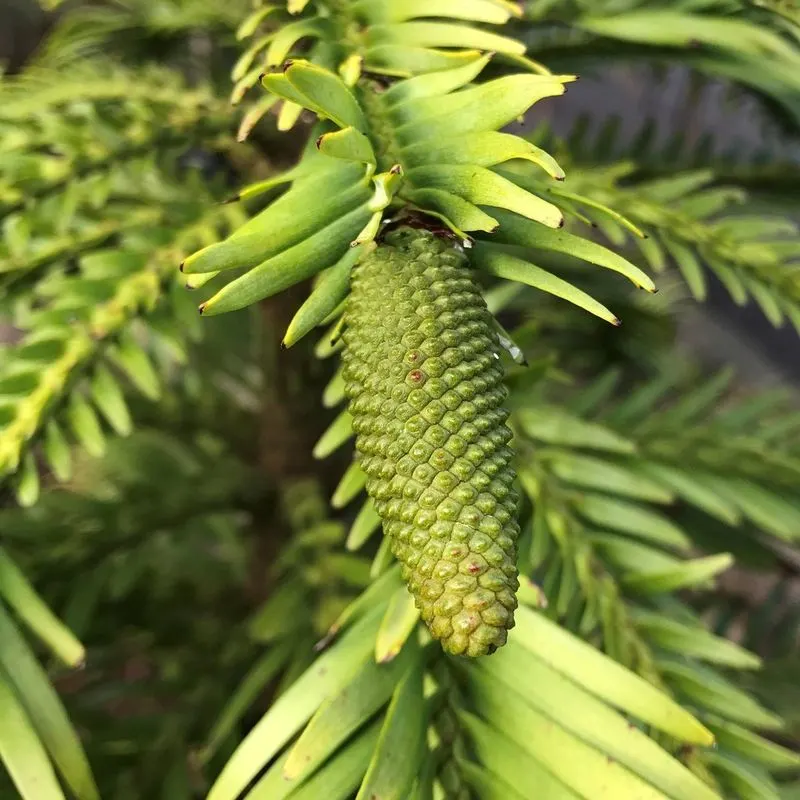
A botanical enigma, the Wollemi Pine was thought extinct until its rediscovery in 1994 in Australia. Its fern-like foliage and resilient nature have captivated botanists and garden enthusiasts alike. Once exclusive to its hidden forest, it’s now available for cultivation worldwide.
The Wollemi Pine’s intriguing history and adaptability make it a prized addition to gardens. Despite its ancient lineage, it adapts well to various climates, thriving in many settings. Cultivating this tree offers a unique opportunity to preserve a piece of prehistory in your own backyard.
Horsetail (Equisetum)
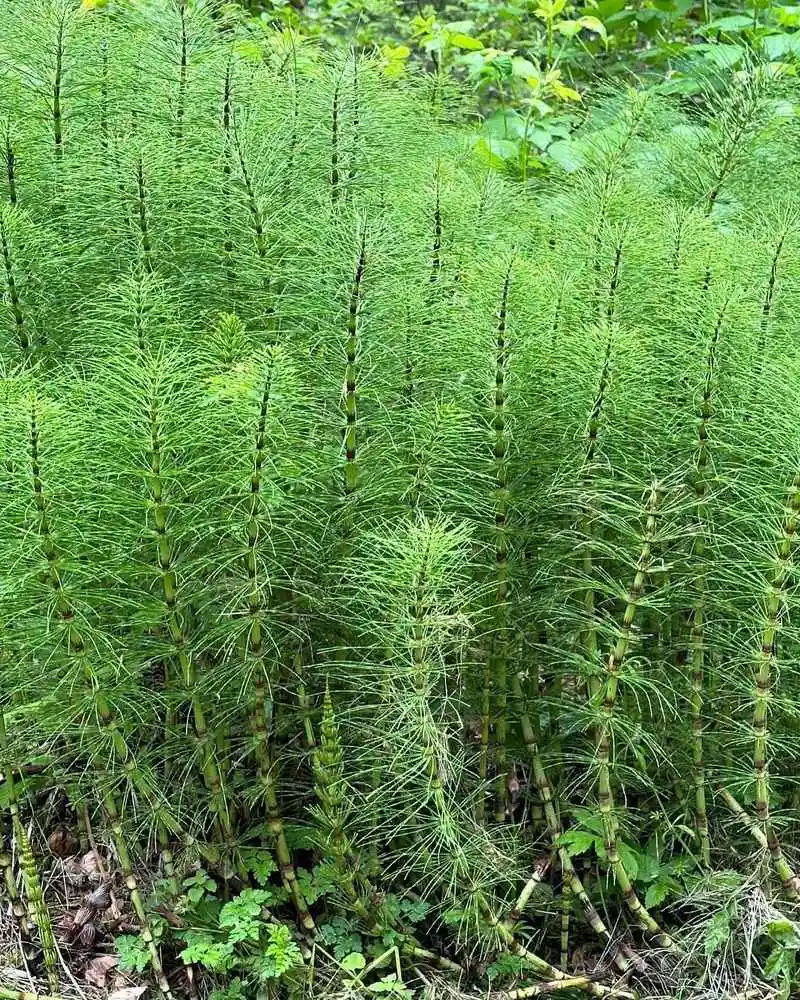
Horsetail, with its striking vertical stature, has been around for about 100 million years. It thrives in moist environments and is often found near streams or wetlands. Its unique jointed stems make it a visually intriguing addition to any garden.
Aside from its ornamental appeal, Horsetail is known for its silicon-rich structure, which contributes to its strength and durability. It’s often used in herbal remedies due to its purported health benefits. This ancient plant brings a touch of prehistoric allure to modern landscapes.
Welwitschia
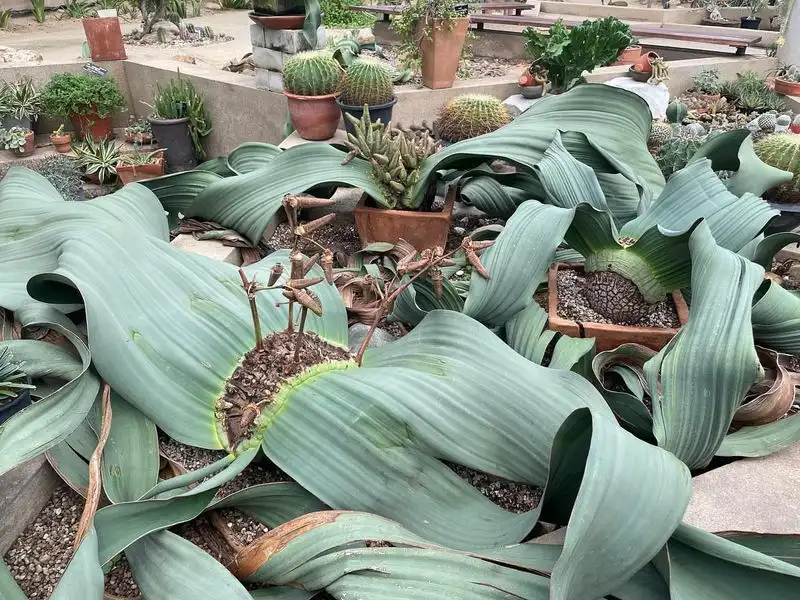
Surviving in the harsh conditions of the Namib Desert, Welwitschia is a marvel of endurance. Its long, strap-like leaves can live for over a thousand years, continuously growing despite the challenging environment. This plant’s tenacity is truly remarkable.
Welwitschia’s ability to withstand extreme heat and scarce rainfall makes it a resilient choice for xeriscaping enthusiasts. Its unusual appearance sparks curiosity and admiration, offering a living testament to nature’s adaptability and resilience. This plant is perfect for those interested in sustainable gardening.
Maidenhair Fern (Adiantum)
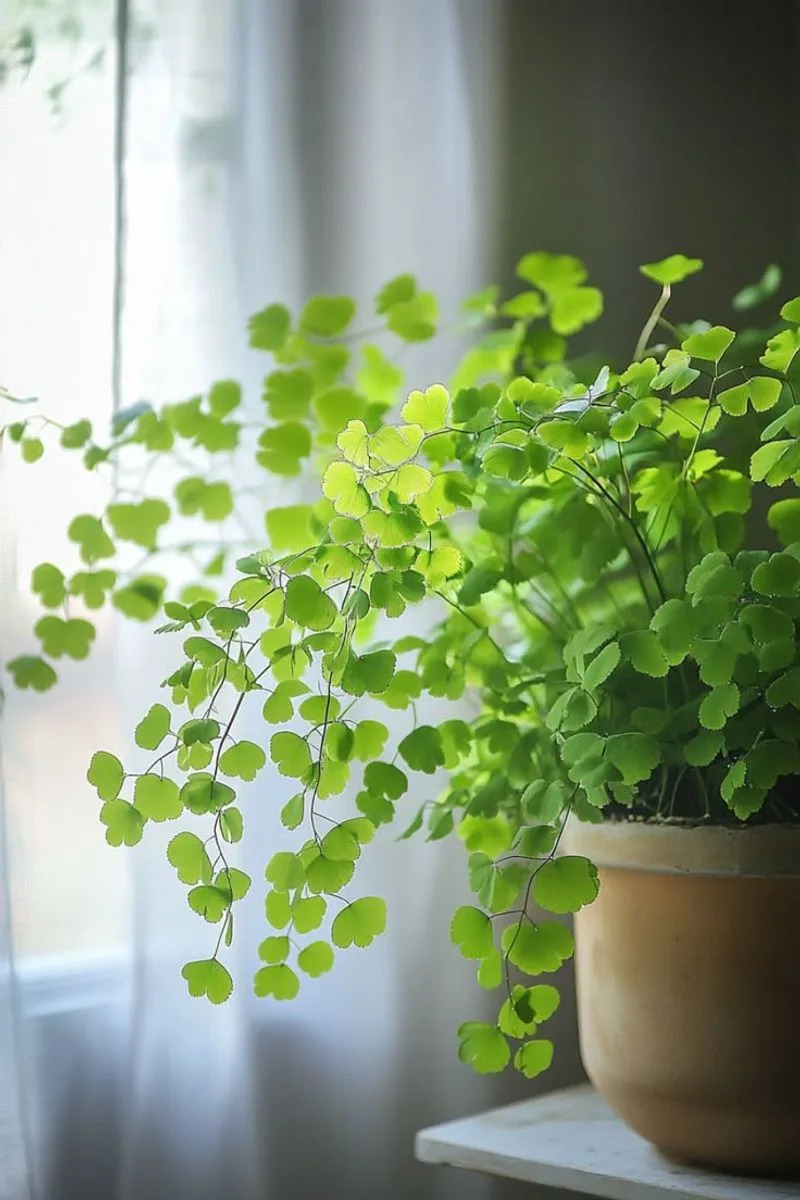
The Maidenhair Fern, renowned for its delicate, fan-shaped fronds, has a lineage dating back millions of years. Preferring shaded, humid environments, it thrives in woodland gardens or as a charming indoor plant. Its elegant appearance adds a touch of grace wherever it grows.
This fern not only beautifies spaces but also purifies the air, making it a delightful addition to indoor settings. The Maidenhair Fern’s ancient origins and gentle presence make it a favorite among plant enthusiasts seeking elegance and history.
Cycad
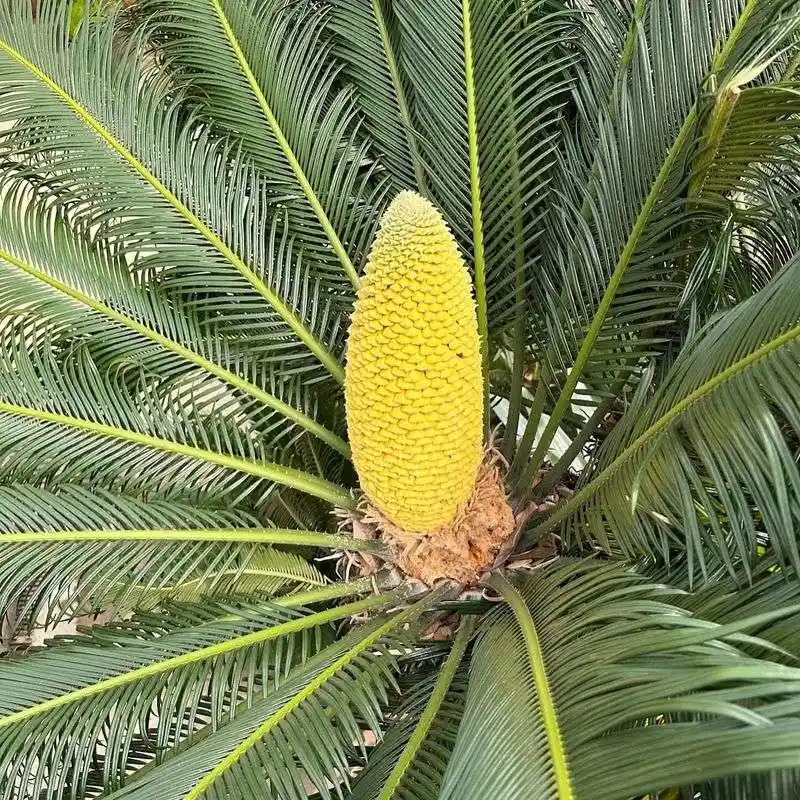
Cycads exude an ancient allure, with a history spanning over 280 million years. Their striking, palm-like appearance makes them a focal point in tropical and subtropical gardens. These plants are living relics of prehistoric times, adding a touch of ancient grandeur to modern landscapes.
Their resilience and unique aesthetic are complemented by their low maintenance requirements. Cycads are a testament to the enduring power of nature, thriving where others may falter. These plants are perfect for those looking to infuse their gardens with historical elegance.
Lotus (Nelumbo nucifera)
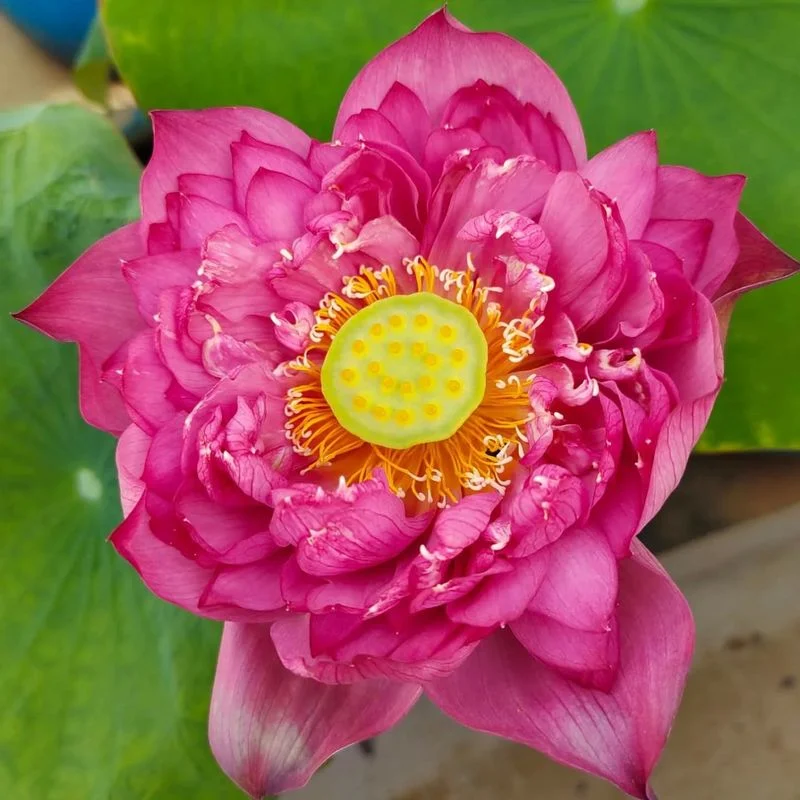
Symbolizing purity and enlightenment, the Lotus is revered across cultures. This aquatic plant thrives in shallow ponds, its stunning flowers rising above the water’s surface. The Lotus has been around for millions of years, adapting to various climates across continents.
Its seeds can remain viable for thousands of years, showcasing its incredible longevity. Growing Lotus in a garden pond can transform the space into a tranquil retreat. With its historical significance and beauty, the Lotus inspires both meditation and admiration.
Papyrus
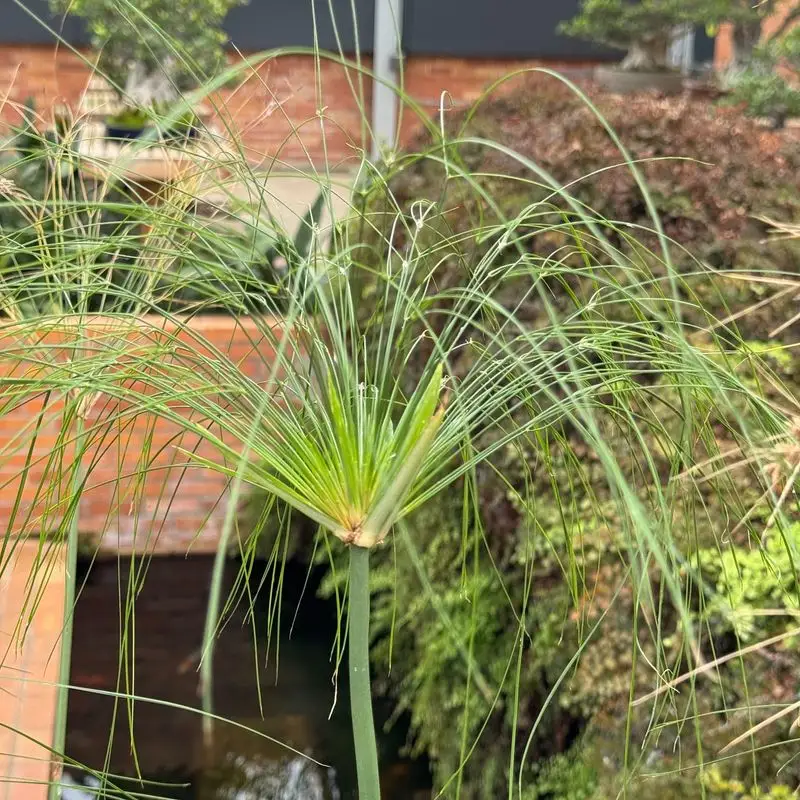
Papyrus, once vital to ancient civilizations for paper-making, is a majestic plant that thrives in wetlands. Its tall, graceful stalks and feathery tops are a striking sight along riverbanks and ponds. This ancient plant connects us to human history like few others.
Growing Papyrus can add an exotic flair to garden water features. Its ability to filter water and provide habitat for wildlife makes it both functional and beautiful. Papyrus stands as a living link to the ingenuity of ancient cultures.
Giant Sequoia (Sequoiadendron giganteum)
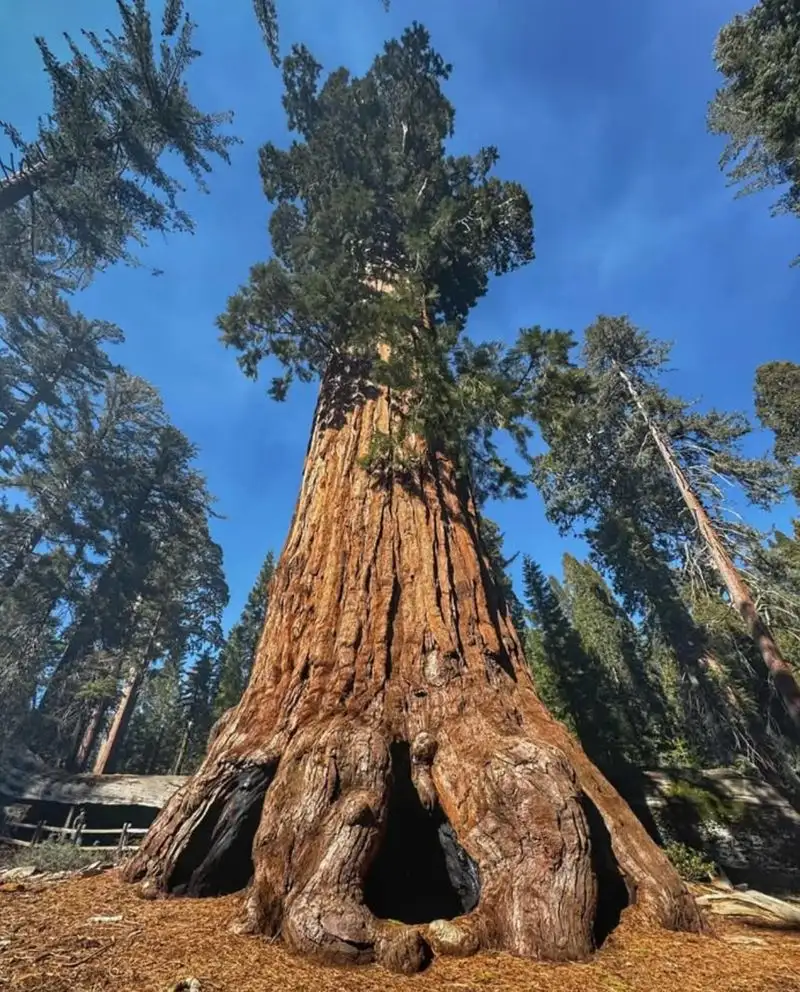
Giant Sequoias are among the oldest and largest living organisms on Earth, with lifespans that can extend over 3,000 years. Their massive trunks and towering heights create awe-inspiring landscapes. Found naturally in California, they thrive in well-drained, nutrient-rich soil.
Cultivating a Giant Sequoia is about more than adding a tree—it’s about integrating a piece of natural history into your environment. These colossal trees remind us of nature’s grandeur and the passage of time. They provide an enduring legacy for future generations.
Ferns
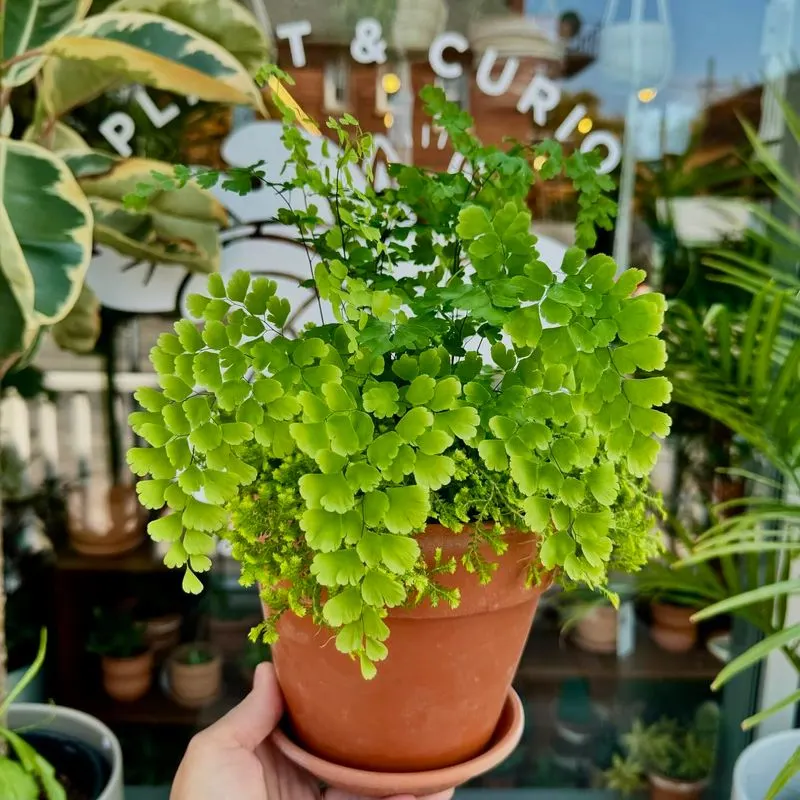
Ferns, with their lush, feathery fronds, have graced the Earth for over 360 million years. They thrive in shady, moist environments, making them perfect for woodland gardens. Their adaptability and variety of shapes and sizes cater to diverse landscaping needs.
These ancient plants add a touch of timeless elegance to modern gardens. Their ability to purify the air further enhances their appeal. Embracing ferns in your garden connects you to a rich botanical history and brings a sense of serenity to any space.
Araucaria
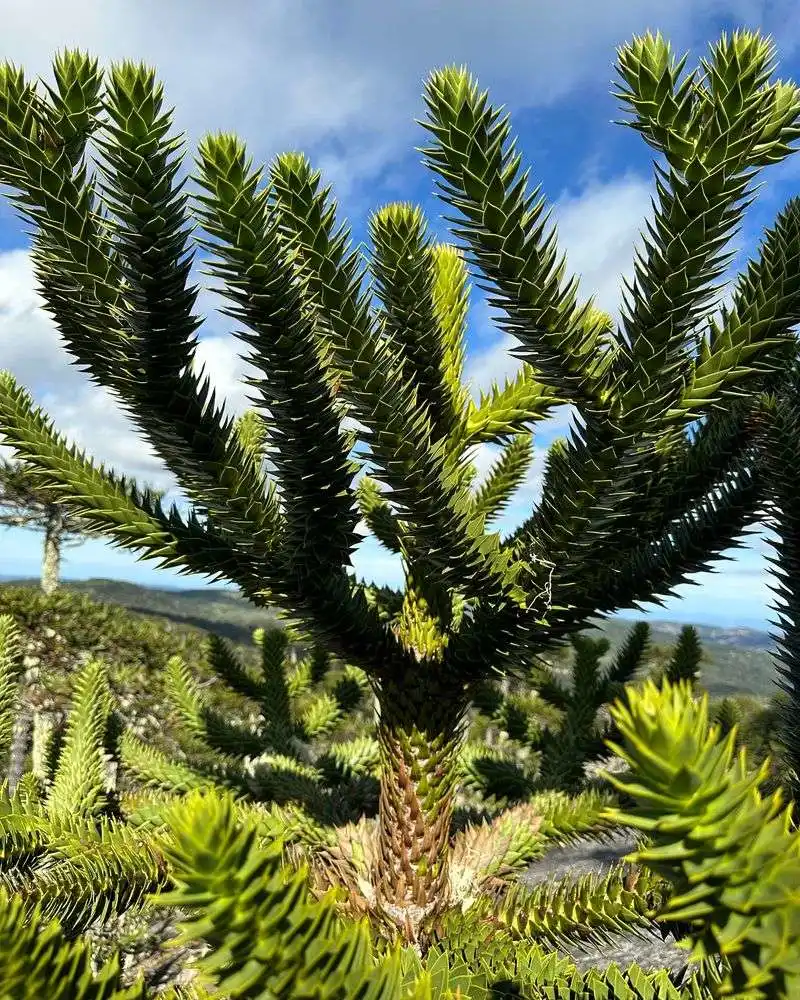
Araucaria, known for its unique spiral leaf arrangement, has survived since the time of the dinosaurs. Its symmetrical beauty and robust nature make it a striking addition to any landscape, especially in temperate regions.
This ancient genus includes the popular Monkey Puzzle tree, known for its distinctive appearance. Araucaria trees not only add architectural interest but also symbolize resilience and timelessness. Growing one of these trees is like nurturing a piece of Earth’s ancient legacy.
Bristlecone Pine
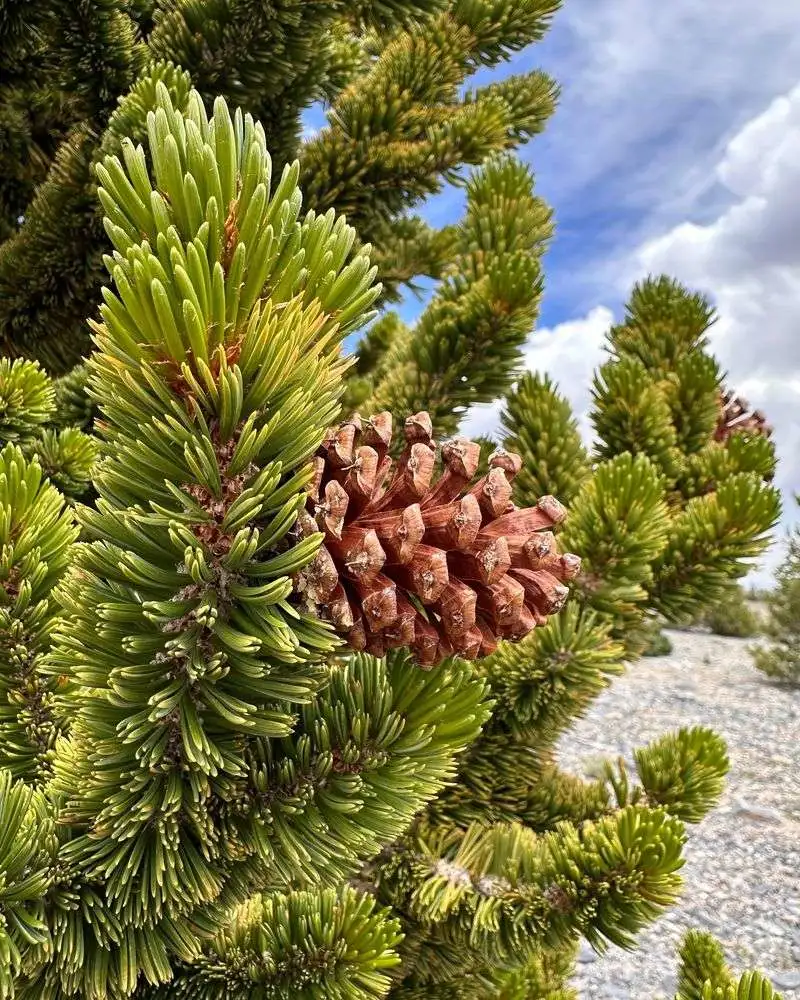
Known for its longevity, the Bristlecone Pine can live for thousands of years, often found in harsh mountain environments. Its twisted, weathered branches are a testament to its endurance against the elements.
Planting a Bristlecone Pine offers gardeners a glimpse into the past and a symbol of resilience. Though slow-growing, its presence is a powerful reminder of nature’s ability to thrive under adversity. This ancient tree is a living piece of history, ideal for those interested in unique and meaningful additions to their landscapes.
Baobab
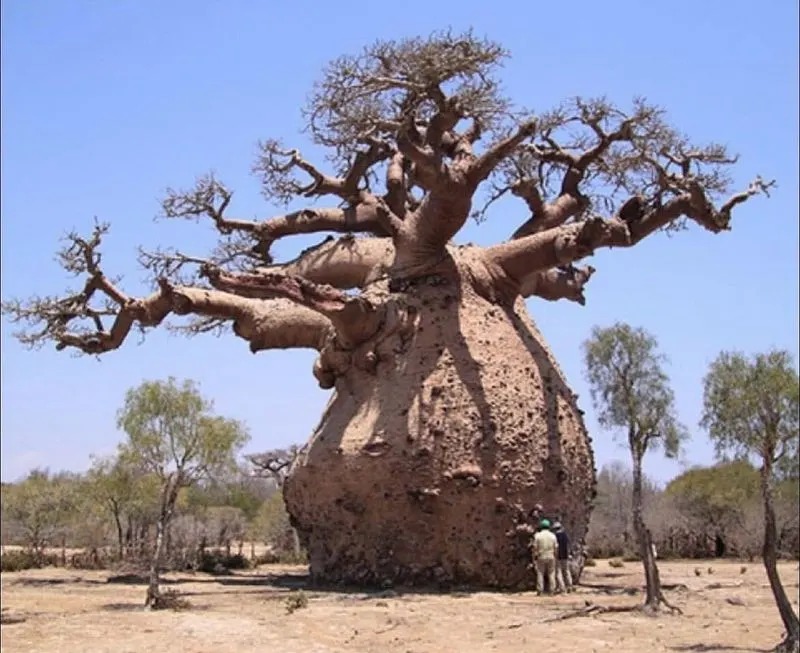
The Baobab, often referred to as the “Tree of Life,” is native to the African savannah. These giant trees can live for thousands of years, storing water in their massive trunks to survive droughts. Their unique shape and resilience have made them symbols of life and well-being in arid regions.
Baobabs provide food, shelter, and water for a multitude of creatures, embodying an ecological cornerstone. Their presence in a garden offers an exotic touch and a profound connection to the cycles of nature. Baobabs invite admiration for their tenacity and grandeur.
Metasequoia
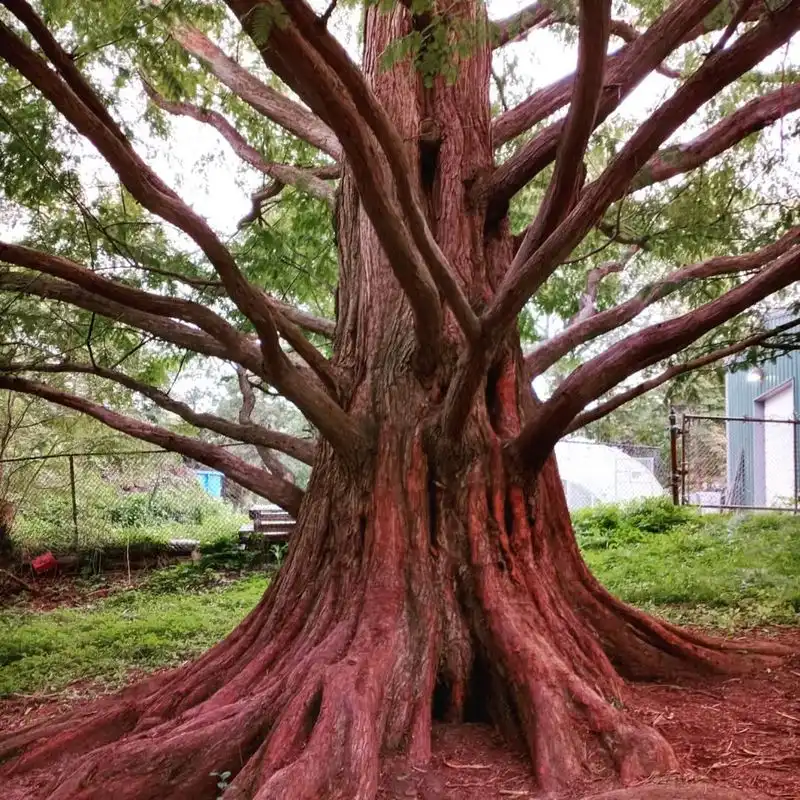
Once thought extinct, Metasequoia, or the Dawn Redwood, was rediscovered in China in the 1940s. Its fast growth and beautiful, feathery foliage make it a popular choice for parks and large gardens.
This deciduous conifer adds a touch of prehistoric allure with its striking autumn colors before shedding its needles. Metasequoia’s dramatic presence and historical significance make it a cherished addition to any landscape. Growing this tree is an opportunity to preserve a piece of natural history in your own space.

